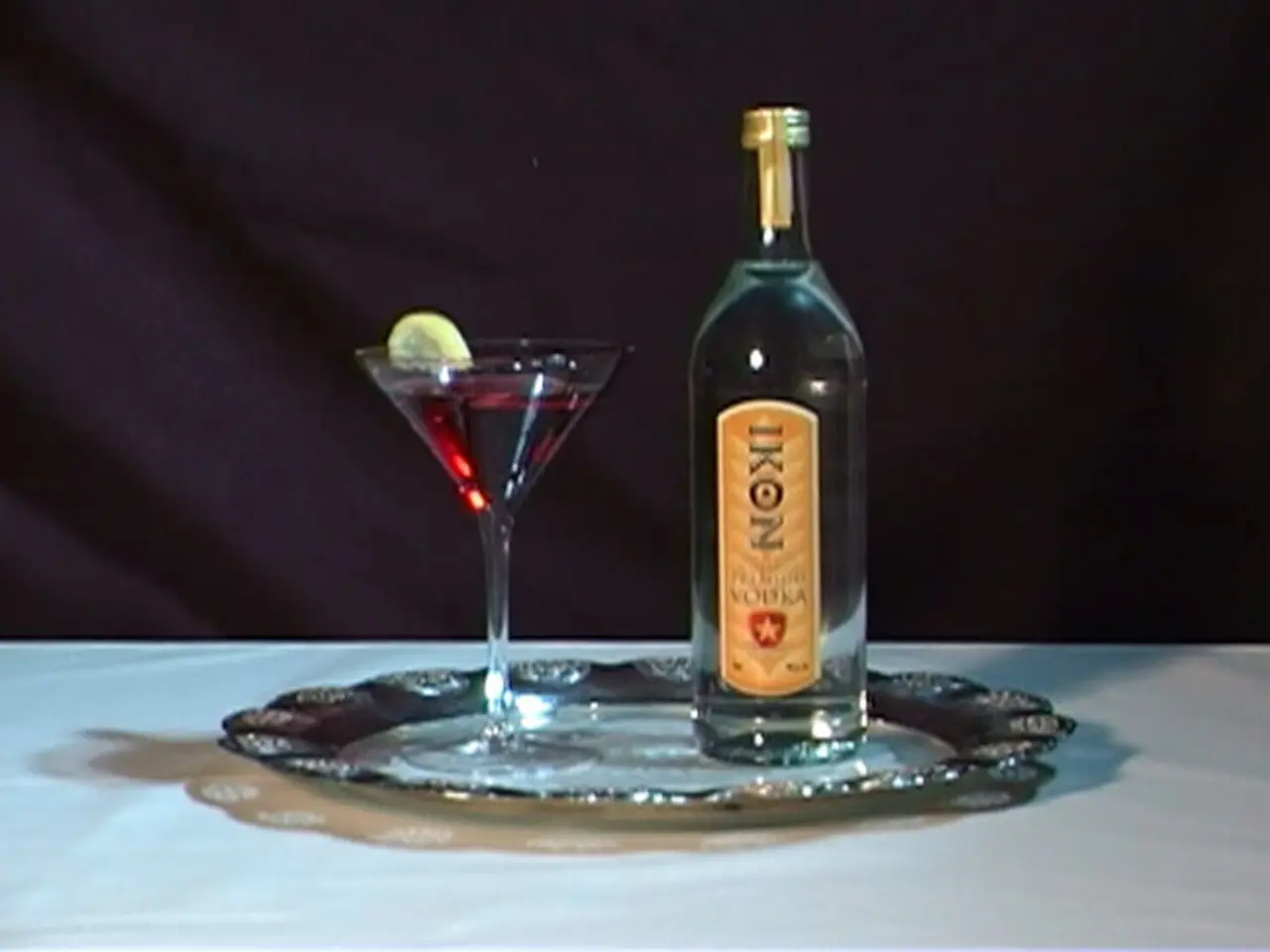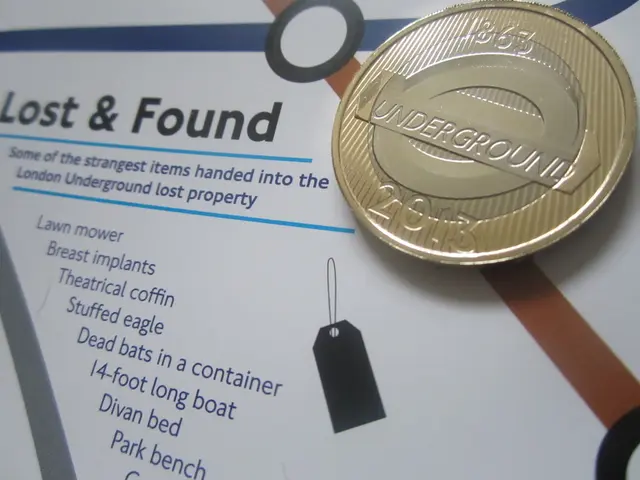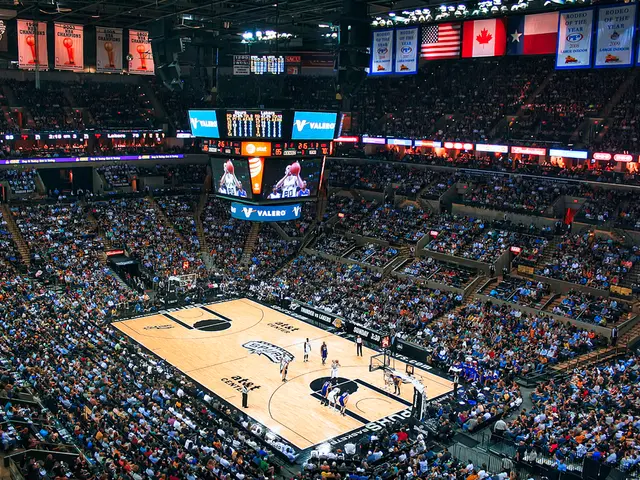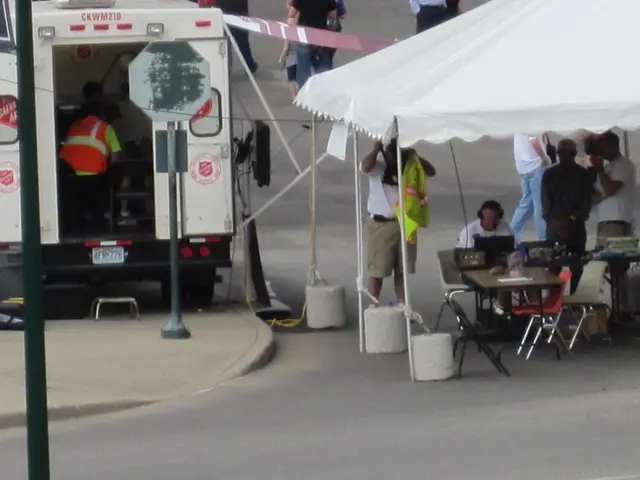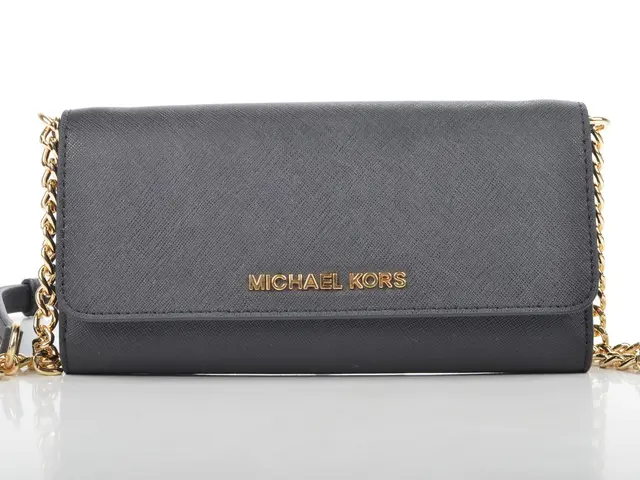Russia's Alcohol Consumption: Mixed Trends in 2025
The latest data on alcohol consumption in Russia's Tatarstan region remains elusive, with no specific updates available as of mid-2025. However, national trends indicate a decline in per capita consumption, driven by anti-alcohol campaigns and improved healthcare. Meanwhile, alcohol sales in Russia have dropped by 10.9% over the first nine months of 2025.
In major cities, alcohol consumption varies significantly. Residents of Moscow consume an average of 4.91 liters per year, while those in St. Petersburg drink 6.55 liters annually. Nationally, per capita consumption has risen to 7.8 liters, the highest level since 1999. Among Russia's regions, Sverdlovsk Oblast leads with 10.49 liters per capita.
Sales patterns reveal a shift in preferences. Low-alcohol beverages and fruit wines have seen a significant decrease in demand, while liqueurs and spirits have experienced an increase. This trend is reflected in the overall sales decline of 10.9%, totaling 148.5 million decaliters over the first nine months of 2025. Regional variations are stark, with the North Caucasus reporting the lowest consumption rates.
While detailed 2025 data for Tatarstan remains unavailable, Russia's overall alcohol consumption trends show a mixed picture. Despite national declines, consumption in major cities and certain regions remains high. The shift in sales towards spirits and liqueurs, coupled with a drop in low-alcohol beverages, suggests a change in drinking habits among Russians.
Read also:
- Shuwaikh Beach Cleanliness Plan Launched, 600+ Bags of Garbage Removed
- Next Gen GST Drives Indian Auto Sales to Record Highs During Festive Season
- Elliott vs. Stronghold: Hedge Fund Alleges Improper Expense Overcharging in Legal Battle
- Dutch Designer Niels van Roij Unveils 'Henry II', a Bespoke 1981 Rolls-Royce Corniche
